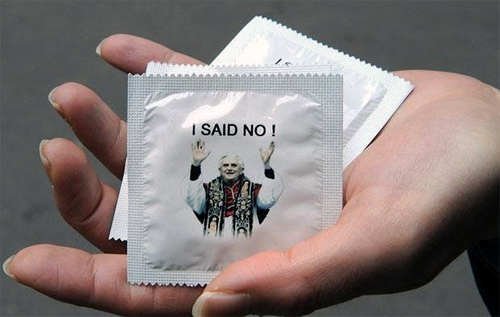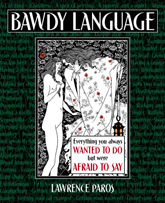
The device is said to draw its name from the mysterious Dr. Condom or Conton, a physician at the court of Charles II (c. 1660–1685) who allegedly created the item to help put a cap on His Majesty’s growing number of illegitimate children. Students of that period, though, have been unable to locate the good Doc- tor, and they’re not even sure he really existed.
Other theories regarding the origin of the word range from a Colonel Condum in the Royal Guard to Condom, a town in Ger- many recorded as a fortress of considerable strength, to an oilskin case that held the colors of the regiment (18th–early 19thC). Some think the word may even be a unique blend of cunnus (for the female pudenda) and “dum” or “dumb”—together rendering the organ incapable of functioning.
Another claim regarding the invention of the condom, and its first published description, was made by Gabriello Fallopio (1523–1562)—whose name is most closely associated with the Fallopian tubes—in De Morbo Gallico, published two years after his death, in which he encouraged use of linen sheets as condoms.
Letter Perfect
The condom achieved its greatest popularity during the seventeenth and eighteenth centuries, often appearing in print as c-d-m and frequently spoken of as a letter (French, Italian, or Spanish, the letter and envelope being virtually one), a form of correspondence which absolutely, positively, had to be there overnight.
Read more – “Bawdy Language,” the Book



Leave a Reply